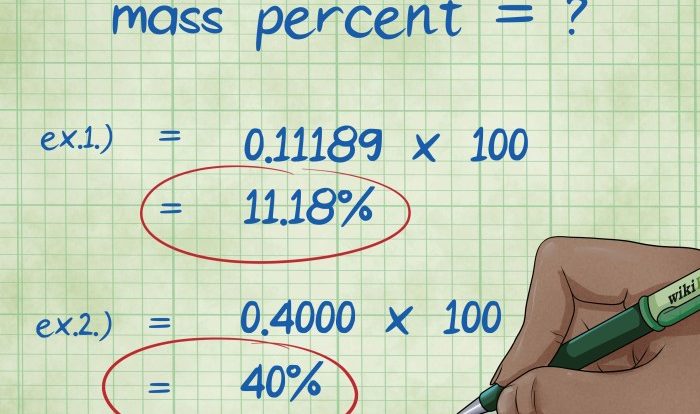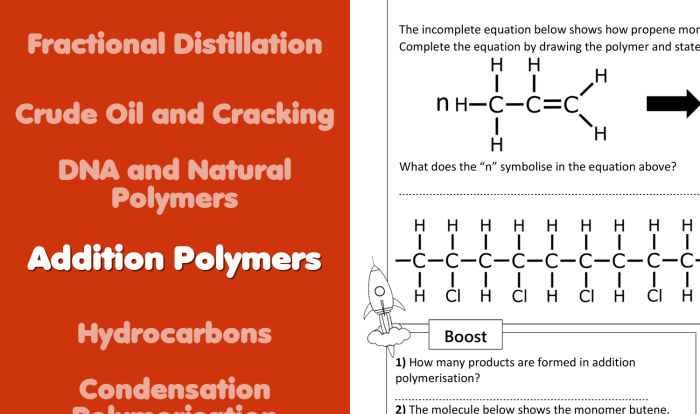The Periodic Table Coloring Activity Answer Key is an indispensable resource for educators and students alike, providing a comprehensive guide to the correct colors for each element on the periodic table. By engaging in this hands-on activity, learners can delve into the fascinating world of chemistry, enhancing their understanding of element properties, trends, and relationships.
This meticulously crafted answer key empowers teachers to seamlessly incorporate the coloring activity into their lesson plans, catering to diverse grade levels. Its user-friendly format, organized in an HTML table, ensures clarity and ease of use. Furthermore, it includes insightful explanations for elements with unique or complex coloring requirements, fostering a deeper understanding of the periodic table’s complexities.
Periodic Table Coloring Activity
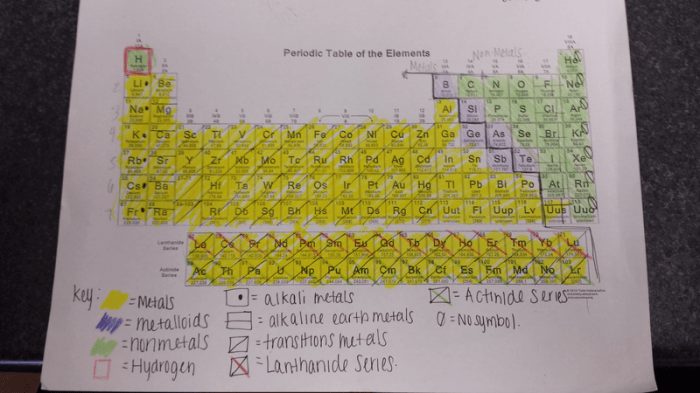
Periodic table coloring activities provide an engaging and interactive way for students to learn about the elements and their properties. By assigning specific colors to different elements or groups of elements, students can visualize and understand the periodic trends and relationships more effectively.
Benefits of Using a Periodic Table Coloring Activity
- Enhanced visual representation of the periodic table
- Improved understanding of element properties and trends
- Increased memorization and recall of element information
- Development of fine motor skills and creativity
- Engaging and enjoyable learning experience
Incorporating the Activity into Lesson Plans
- Elementary Level:Use coloring activities to introduce students to the basic elements and their symbols. Focus on color-coding elements by groups (e.g., metals, nonmetals, noble gases).
- Middle School Level:Explore more complex periodic trends, such as atomic number, atomic mass, and electronegativity. Assign colors to represent different periods or blocks of the periodic table.
- High School Level:Use coloring activities to reinforce chemical reactions and bonding. Color-code elements based on their reactivity or ionization energy.
Answer Key for Coloring Activity
| Element | Color |
|---|---|
| Hydrogen | Red |
| Helium | Blue |
| Lithium | Pink |
| Beryllium | Green |
| Boron | Orange |
Additional Information:
- Transition metals are typically colored silver or gray.
- Noble gases are colored light blue or yellow.
- Lanthanides and actinides are often colored purple or red.
Color Coding Strategies: Periodic Table Coloring Activity Answer Key
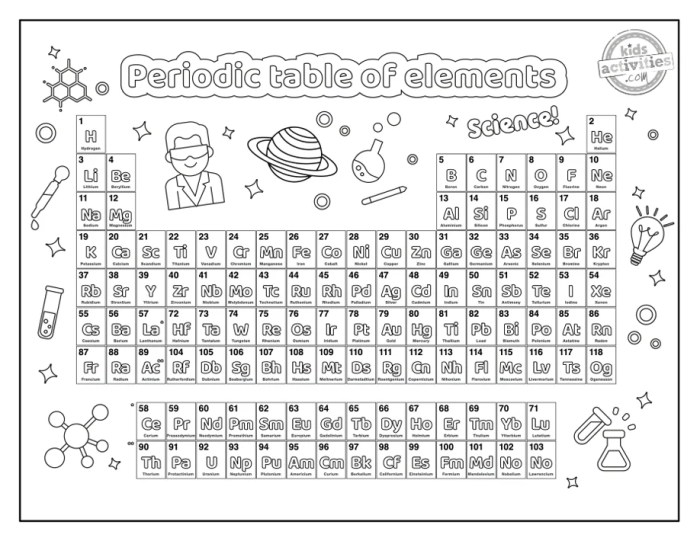
Color coding the periodic table can highlight specific properties or trends, making them easier to identify and remember.
Strategies for Color Coding
- By Element Group:Color-code elements by their group number (e.g., alkali metals, halogens, noble gases).
- By Period:Color-code elements by their period number (e.g., period 1, period 2, period 3).
- By Reactivity:Color-code elements based on their reactivity (e.g., highly reactive, moderately reactive, nonreactive).
- By Ionization Energy:Color-code elements based on their ionization energy (e.g., low ionization energy, high ionization energy).
Tips for Choosing Color Schemes:
- Use contrasting colors for different categories.
- Avoid using too many colors, as it can become overwhelming.
- Consider the cultural and psychological associations of colors.
Extensions and Variations
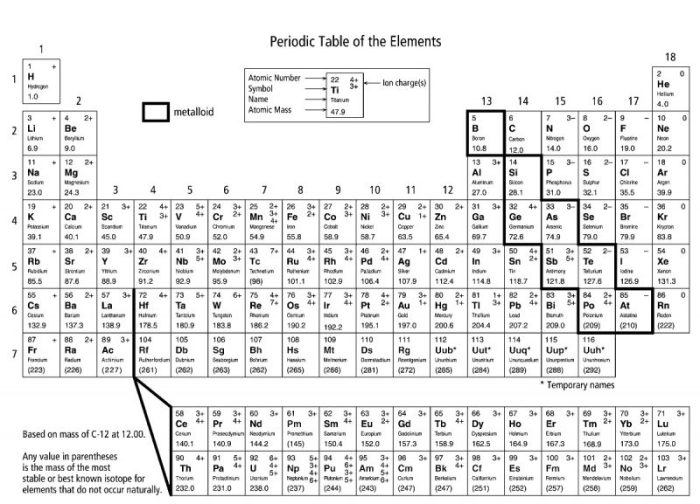
The periodic table coloring activity can be extended and varied in several ways:
Variations
- Using Different Color Mediums:Encourage students to use different color mediums, such as markers, crayons, or paint.
- Incorporating Additional Elements:Add elements from different periods or groups to challenge students.
Extensions, Periodic table coloring activity answer key
- Student-Generated Color-Coded Charts:Have students create their own color-coded charts to summarize periodic trends.
- Diagrams and Models:Use coloring activities as a starting point for creating diagrams or models of the periodic table.
- Adaptations for Different Learning Styles:Modify the activity for students with different learning styles, such as providing visual aids or kinesthetic experiences.
FAQ
What is the purpose of the Periodic Table Coloring Activity?
The Periodic Table Coloring Activity is designed to enhance understanding of the periodic table by engaging students in a hands-on, visual learning experience.
How can I use the Periodic Table Coloring Activity Answer Key in my classroom?
The Periodic Table Coloring Activity Answer Key provides the correct colors for each element, enabling teachers to quickly and accurately assess student work.
What are the benefits of using color coding strategies in the Periodic Table Coloring Activity?
Color coding strategies help students identify specific properties or trends in the periodic table, such as element groups, periods, or reactivity.
